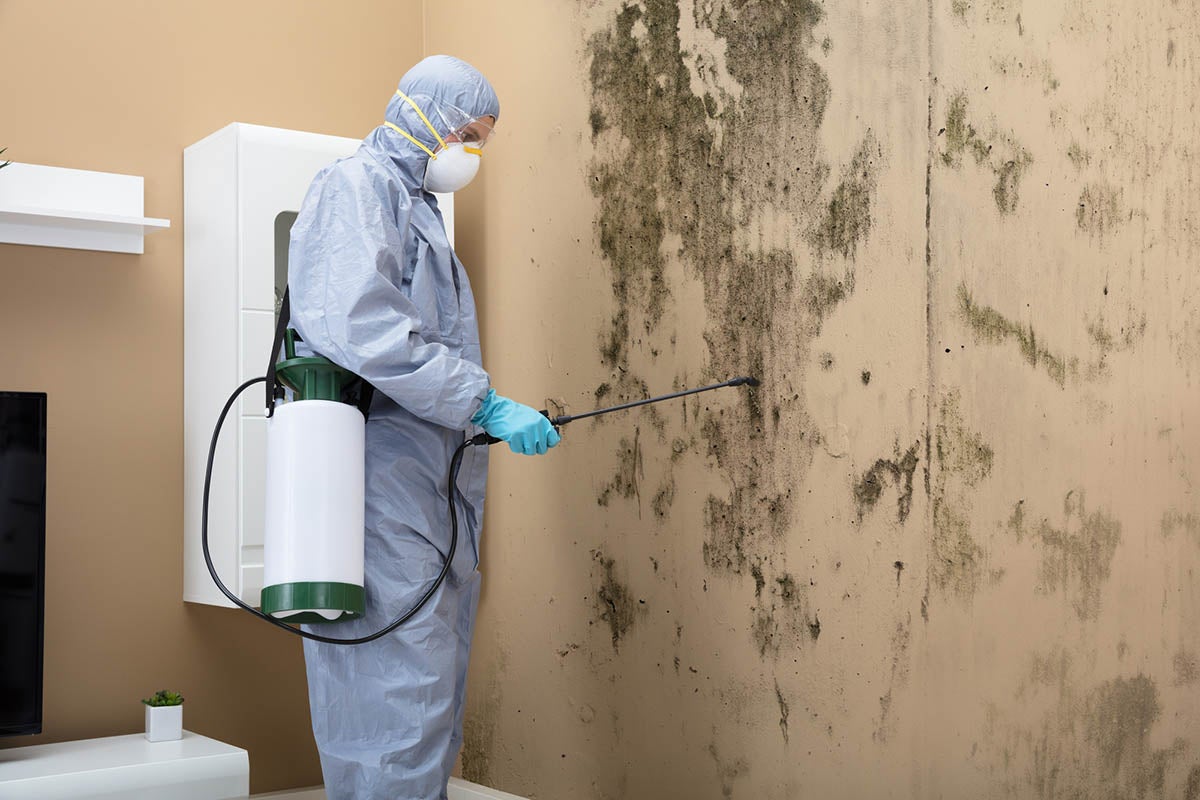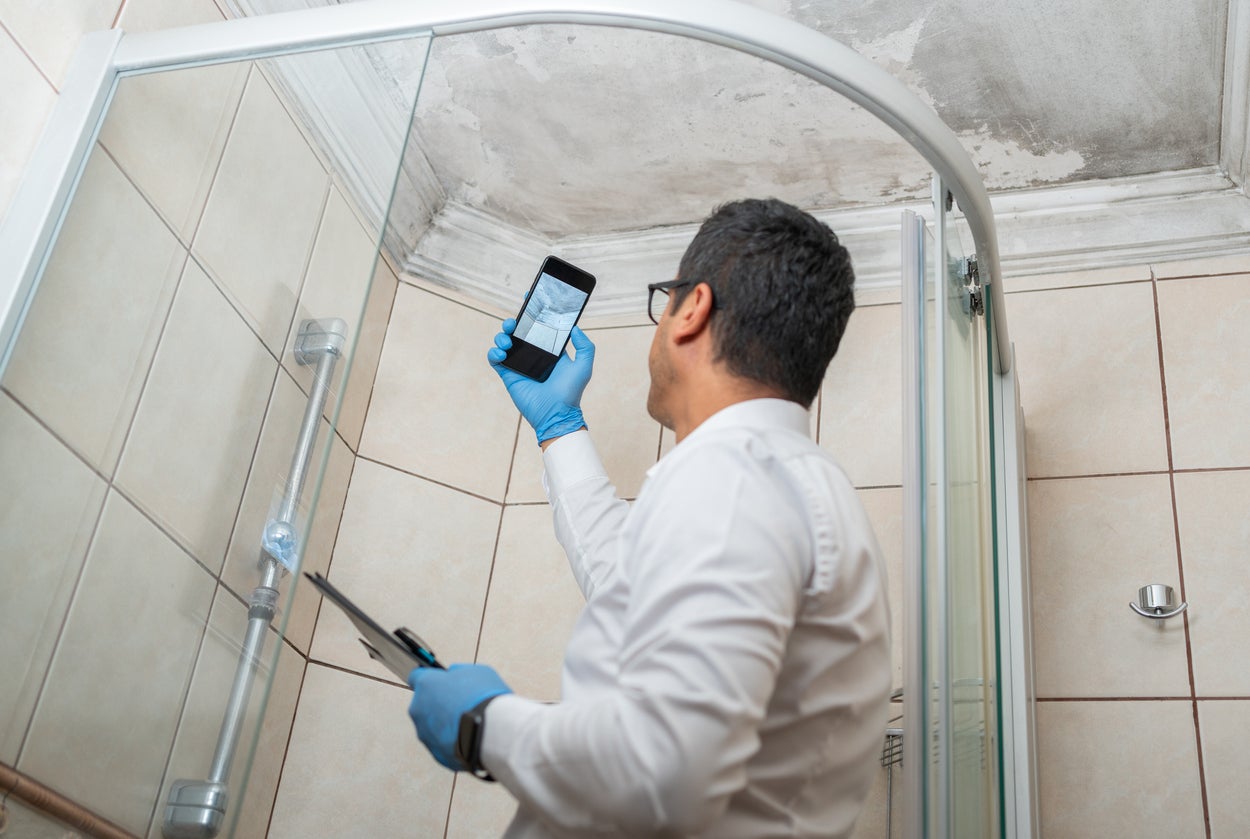Your Ultimate Guide to Blog Post Mold And Mildew Remediation Techniques
Browsing the realm of post-mold removal techniques is a careful process that requires interest to detail and a thorough understanding of the ins and outs entailed. In the after-effects of mold infestation, recognizing how to successfully eliminate the mold and mildew and prevent its reoccurrence is extremely important for preserving a healthy indoor atmosphere. From picking the right cleaning and sanitizing approaches to implementing methods for lasting mold and mildew avoidance, each action in the remediation journey plays a crucial role in making sure an effective end result. As we embark on this exploration of post-mold remediation techniques, we will uncover the essential methods and ideal techniques that can aid you recover your room to its pre-mold problem and safeguard it against future mold and mildew threats.
Comprehending Post-Mold Remediation Process
After completing the mold removal procedure, it is crucial to recognize the post-mold removal methods that are required to ensure a comprehensive and efficient clean-up. Once the mold has been removed, the following step involves cleansing and disinfecting the affected areas to prevent any regrowth of mold and mildew. This includes utilizing specialized cleaning agents to clean down surfaces and eliminate any continuing to be mold spores. It is necessary to dry out the area completely to prevent the development of mold and mildew in the future (Post Remediation verification). Correct ventilation and dehumidification can aid in this process.
In addition, conducting a last assessment post-remediation is vital to make sure that all mold has actually been successfully eliminated. If the inspection exposes any sticking around mold, added removal might be necessary.
Reliable Cleansing and Sanitizing Approaches

Stopping Future Mold Development

Importance of Proper Air Flow
Proper ventilation plays a critical duty in stopping moisture buildup, a key consider mold and mildew development within interior environments. Effective ventilation systems assist eliminate excess humidity from the air, minimizing the chances of mold and mildew spores locating the wetness they need to germinate and spread. Without adequate ventilation, interior rooms can come to be a reproduction ground for mold and mildew, causing prospective wellness threats and structural damages.
By guaranteeing appropriate air blood circulation, ventilation systems can likewise aid in drying damp locations quicker after water damages or flooding incidents, additionally discouraging mold and mildew development. Post Remediation Inspection near me. Precede like bathrooms, cellars, kitchens, and attic rooms where wetness degrees have a tendency to be greater, mounting and keeping effective air flow systems is critical in preventing mold and mildew invasions

Surveillance and Maintenance Tips
Provided the vital duty that proper ventilation plays in preventing mold and mildew growth, it is imperative to develop reliable surveillance and upkeep suggestions to make sure the ongoing performance of ventilation systems. Tracking humidity degrees within the home is likewise critical, as high moisture can contribute to mold development. By staying attentive and proactive to the problem of ventilation systems, residential property owners can efficiently reduce the danger of mold and mildew regrowth and keep a healthy and balanced indoor setting.
Verdict
In conclusion, post-mold remediation techniques are crucial for making sure a clean and safe atmosphere. Recognizing the procedure, executing effective cleaning and sanitizing approaches, avoiding future mold and mildew development, keeping appropriate ventilation, and routine surveillance are all essential action in the remediation procedure. By adhering to these standards, you can efficiently remove mold and avoid its return, working or advertising a healthy living area for all passengers.
In the after-effects of mold problem, understanding how to properly remove the mold and avoid its reoccurrence is paramount for keeping a healthy indoor atmosphere. When the mold has actually been eliminated, the next step involves cleaning and sanitizing the affected locations to stop any kind of regrowth of mold and mildew - what to do after mold remediation. After removing visible mold growth, it is vital to clean all surfaces in the affected location to eliminate any type of continuing to be mold and mildew spores. To further improve mold and mildew avoidance actions, it is important to attend to underlying problems that originally led to mold and mildew advancement.Offered the important function that correct air flow plays in stopping mold and mildew growth, it is vital to develop effective monitoring and maintenance ideas to make certain the ongoing functionality of ventilation systems